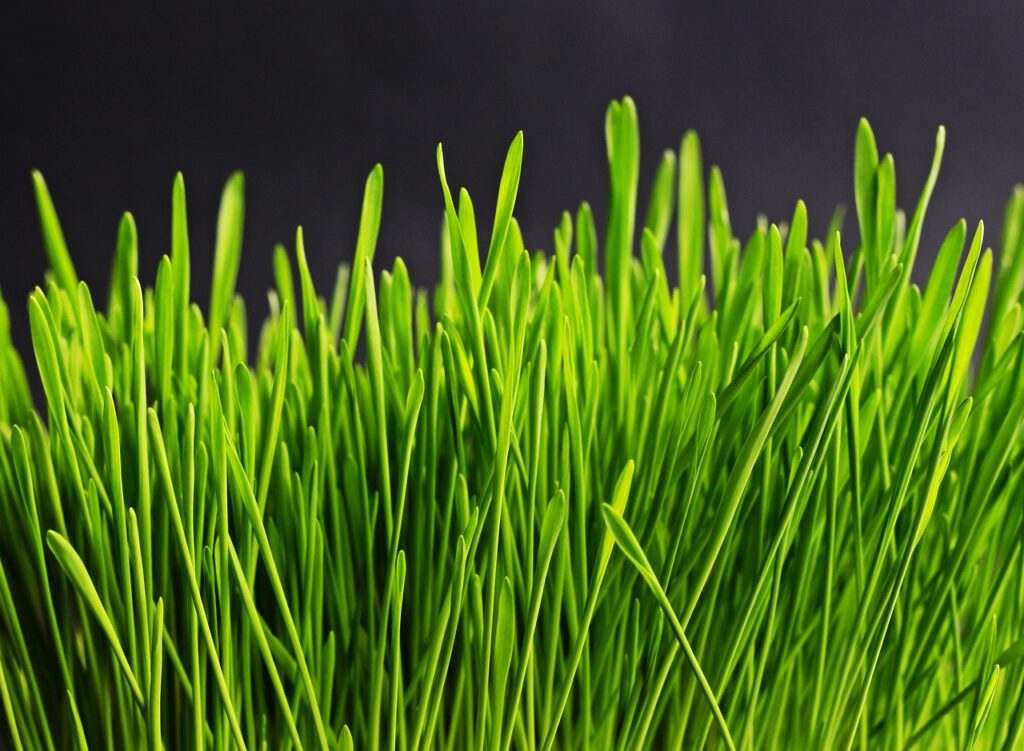Despite the hurdles presented by extreme weather across Europe in 2024, the grass seed market has shown remarkable resilience, with key sectors posting positive results. While news of heavy rains in central and northern regions and intense heat in the south created concerns, several bright spots indicate promising opportunities for the future.
Strong Recovery in the Turf Market
The professional turf market rebounded strongly during the 2023/24 season, supported by sustained high demand. Major events such as the European Football Championships in Germany and the Paris Olympics played a role, but the resurgence was more widespread. Local governments and sod producers, both of which had reduced operations in recent years, ramped up efforts in 2024. A rise in house construction also fueled demand for turf from landscapers and gardeners.
Weather-related challenges spurred a focus on disease-resistant varieties, leading to a sellout of these resilient types by spring. This trend underscores the growing demand for solutions that address climate variability, pushing innovation in turf seed production.
Government Programs Boost Demand
In the UK, the Sustainable Farming Incentive (SFI) made a significant impact, increasing demand for grass seed and other species during summer 2024. Central European countries, particularly the Czech Republic and Hungary, also experienced a notable rise in forage demand, balancing out some of the challenges faced in the consumer and forage segments.
Though overall demand in these areas didn’t meet early hopes, it opened new opportunities for growth. High-quality seed varieties are gaining traction, signaling long-term potential despite immediate challenges.
Shifting Supply and Growing Interest
While overall stocks remain higher than usual, certain species and varieties have been in short supply for the first time in years. Demand for annuals, red clover, crimson clover, and alfalfa has surged, while species like cocksfoot and tall fescue have also found balance.
The shortage of top turf species, with many varieties selling out quickly, highlights continued demand for premium products.
A Promising Outlook
The challenges of 2024 have set the stage for a more dynamic and adaptable grass seed market. The focus on high-quality, disease-resistant varieties and evolving demand patterns suggest the market is well-positioned for future growth, driven by sustainability and innovation. Reduced European harvests and shrinking global production are tightening the grass seed market. In 2024, weather challenges and rising costs increased scarcity of key varieties. Strong demand and limited supply are expected to drive up prices, creating opportunities for traders and producers.








